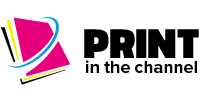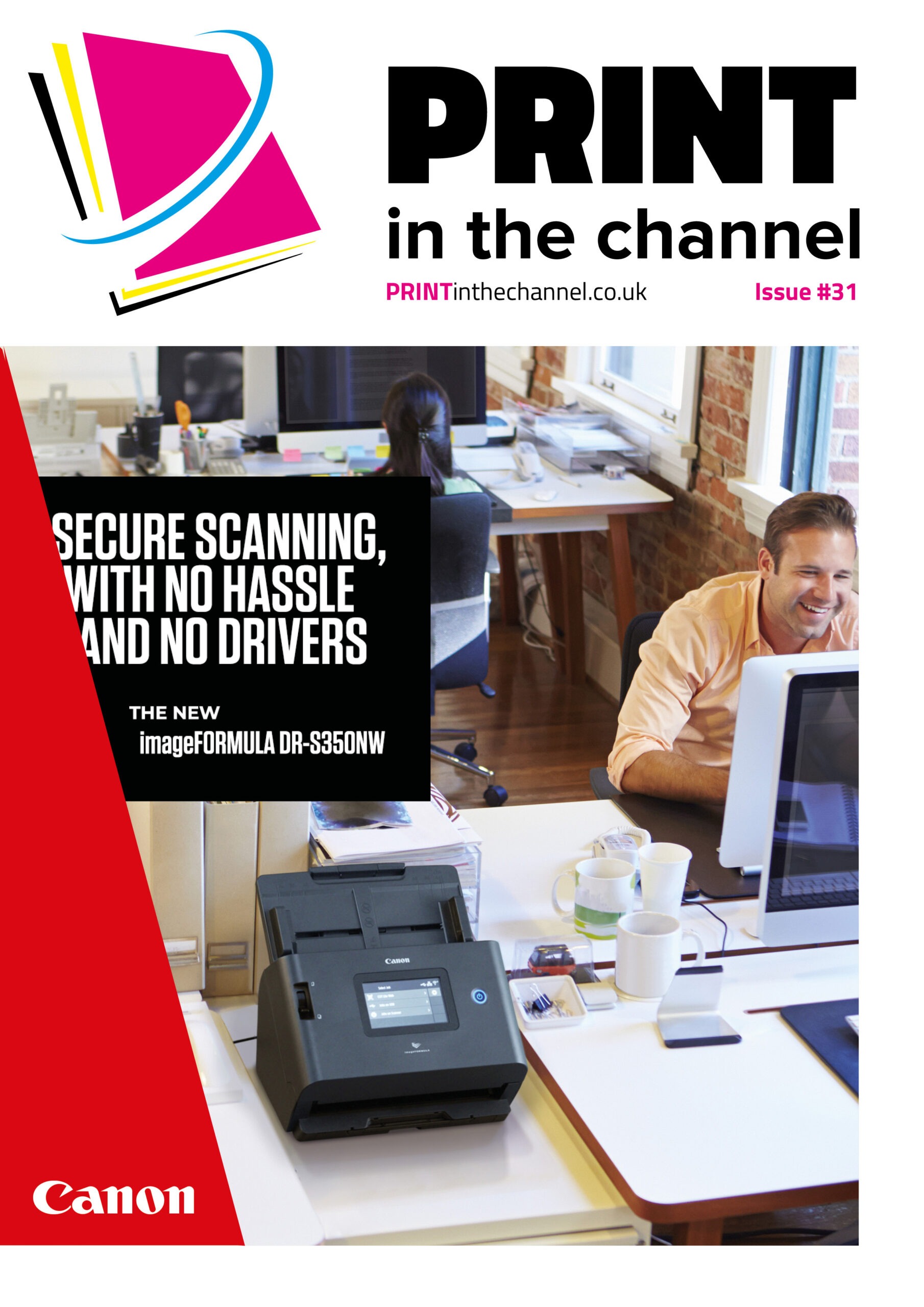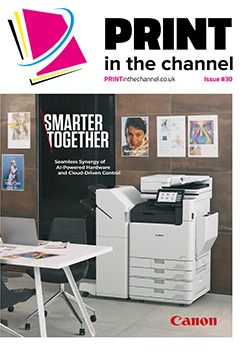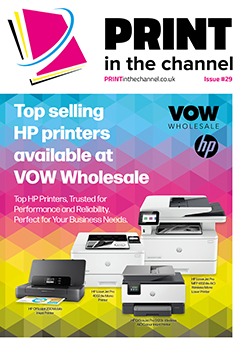In the wake of legislation such as Natasha’s Law, there is more pressure on hospitality providers and retailers to label their products adequately and some are turning to colour labelling to do this.
The market for prepacked for direct sale (PPDS) food continues to grow in the UK as busy people seek the convenience of buying meals rather than making them themselves.
But for retailers, tightening legislation means that they must take more care than ever on the labelling of their products to warn about potential allergens – and the printing of these labels is crucial.
Becky Viccars, internal sales and marketing manager at Toshiba Tec, notes that, introduced in October 2021, Natasha’s Law mandates that all PPDS food, such as sandwiches, cakes and soups packaged on-site, must include, the name of the food, a full ingredients list and allergenic ingredients clearly emphasised. “This legislation aims to protect consumers with food allergies by providing clear and consistent allergen information,” she says.
“There is no specific requirement for Natasha’s Law to print in colour, but with hospitality providers and retailers wanting their product labels to give the best representation of their brand, colour labelling solutions are becoming more popular,” she adds.
Key role of colour
Harriette Wysocki, country manager UK&I at Jarltech Europe GmbH, agrees that legislation like Natasha’s Law has increased pressure on businesses to ensure labelling is accurate and highly visible. “Colour labelling plays a key role in achieving this, particularly when it comes to highlighting allergens in bold colours or drawing attention to expiry dates and other key information,” she says.
“At Jarltech UK, we’ve seen a significant shift in the requirements around food labelling, especially within takeaway environments such as sandwich shops, delis and cafés,” says
“As a result, we’re seeing a growing demand for colour label printers that allow businesses to create eye-catching, compliant labels on-site. Retail and hospitality outlets want the ability to produce professional-quality labels that are not only informative but also brand-consistent and customer-friendly. Whether it’s using colour to highlight allergen warnings, categorise different menu items, or simply enhance visual appeal, colour printing provides the flexibility that many operators now require.”
Range of solutions
With demand growing for colour label printing, manufacturers have responded. Harriette says that currently the market offers a range of robust colour labelling solutions from vendors like Epson. “These devices are designed for ease of use, low maintenance and high-quality output,” she says.
“For example, the Epson ColorWorks series delivers fast, durable labels ideal for food environments. When speaking to customers, resellers should highlight benefits such as compliance with food safety laws, improved operational efficiency, and the ability to customise labels in real time, saving time and money compared to pre-printed stock.”
Becky adds that colour and mono solutions are available, and the choice will depend on the customers need, application and budget. “Industrial colour solutions, like Toshiba’s BC400P printer, are perfectly suited where customers are using a range of printed labels, giving them the flexibility to produce labels in-house,” she says.
“They can quickly create and change labels, make updates to meet ingredient changes and reduce overall inventory. It’s a much more cost-effective solution than outsourcing pre-printed labels. The ability to print on-demand is especially beneficial for businesses with a diverse product range or those offering customisation.”
Reseller conversations
Becky adds that there are several things that resellers should highlight when talking about colour labelling solutions to customers. “The key things are flexibility, producing on-demand labels to meet the need of the business,” she says.
“Adaptability, for last minute changes, reducing waste and being agile for the needs of the customer. Quality of labels, to promote the customer brand and image in the best possibly way. Lowest cost of ownership – having an in-house solution will significantly reduce the cost per label.”
Future
Demand for colour labelling solutions is expected to continue to grow in the future. “Colour label printers are becoming more affordable and accessible, even for small or independent shops,” says Becky.
“Many retailers want to upgrade from mono labelling to full-colour systems to improve both compliance and presentation. Attractive, professional labelling can boost perceived quality, helping small shops compete with larger chains. In summary, the trend toward colour labelling solutions is on the rise and will likely continue as regulations tighten, consumer expectations grow, and businesses look for better ways to communicate food info while standing out in a competitive market.”
Harriette agrees that the demand for colour labelling will only continue to grow. “As regulations become stricter and consumer awareness of allergens and food safety increases, businesses will need to stay ahead with flexible, on-demand labelling capabilities,” she says. “Resellers have a real opportunity to support this evolution by offering tailored solutions that meet compliance and branding needs.”
